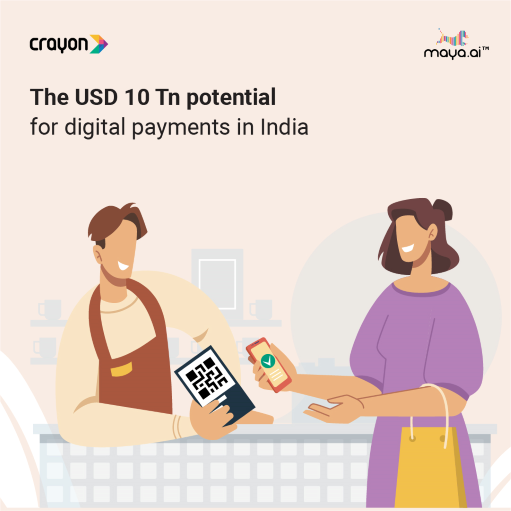Customers want personalized experiences. Merchants want the right audience. Banks are unable to meet these expectations. However, high volumes of supply and demand cannot guarantee transactions.
Banks are unable to meet these expectations.
After the impact of Covid in 2020, trend reports and year-end predictions were on the fence about how the banking industry would fare in 2021. Out of necessity, banks made years’ worth of technology and business model changes, in a matter of months. And since traditional methods of retail banking just won’t cut it, they needed to come up with better customer experiences. This was based on a deeper understanding of customer preferences.
Merchants want the right audience.
As for retailers, there was over a 100% increase in acquisition on e-commerce platforms. And this registered 4x to 8x sales growth. They looked for plug-and-play options that would speed up their digital transformation and adaptation. Now, in a Retail 4.0 scenario, the focus is on creating personalized and highly effective Offline + Online experiences for customers.
Consumers want personalized experiences.
Post quarantine, consumers who couldn’t shop before were looking to satisfy their urge to splurge. Known as revenge spending, shopping-deprived consumers indulge in retail therapy extensively. Around the festive season, many forecasts projected that over 70% of sales will happen on digital shopping portals. Digital-only shoppers increased by 44% on the weekend, with a total of 95.7Mn people online. Our Retail Therapy 2020 report has more on the trend.
In 2021, all three segments, banks, retailers and customers, are leaning towards a one-stop shop. To fulfill the need of constant supply and demand to meet customer expectations: personalized digital marketplaces.
Decoding the online marketplace
No, we’re not talking about quaint streets filled with vendors hawking their goods enthusiastically. However, the concept is similar. These are ’marketplaces’ that can fulfill customer needs seamlessly. Think, digital shop window. Showcasing the best offers on products and services, curated for customer convenience. They can be hosted by the bank themselves, or on a platform like Crayon Data’s maya.ai Bazaar.
It’s not just a matter of convenience. When banks show that they care about customer preference, they are perceived as trustworthy. It feels like a natural progression to invite customers to choose customized offers from trusted partner retailers. In a pre-pandemic world, adaptation to this concept was a slow process. But now, the bar has been set by big e-commerce companies like Amazon who get the lion’s share–of–wallet (49.1% in the US market alone). To stay relevant in these times and win back their share-of-wallets, banks have to offer such personalized services.
A must-have strategy for retailers
While some banks are focusing on expanding their portfolio of financial services, others are venturing into lifestyle segments like dining, luxury goods and travel. Using AI-driven technologies, they are enabling customers to spend their money conveniently. At the same time, they’re opening up a new revenue stream for the bank. Retailers can cash in as well. As the world remains cautious about stepping out, they need to go where the customers are. The numbers point retailers in the right direction:
- In 2020, over two billion people purchased goods or services online, and e-retail sales surpassed 4.2 trillion USD worldwide (Statista).
- It’s estimated that there will be 2.14Bn global digital buyers in 2021. That’s about 27.2% of the world population (Statista).
- 35% of consumers shop at niche marketplaces, especially for apparel, sneakers, and home products (Digital Commerce 360 2019).
However, it’s easy for local merchants and SMEs to get lost in crowded platforms like Amazon, eBay and even Etsy. 35% of consumers shop at niche marketplaces, especially for apparel, sneakers, and home products. That number has only increased post-Covid.
An ecosystem like the digital marketplace can give smaller sellers a competitive advantage. The 1500+ merchants on Bazaar, for instance, have access to 20Mn cardholders from banks across Asia-Pacific and the Middle East. These customers combined spend more than 103Bn USD in year.
So, while building up omnichannel business plans, sellers must factor in marketplaces as a core component of their digital strategy. This will set them up to usher in the new age of e-commerce.
Priority: Personalization
Why do customers prefer shopping at a marketplace instead of directly with a retailer? The number one reason is the competitive pricing (PWC’s Global Consumer Insights Survey 2019). With access to customer data and analytics, backed by AI, banks and merchants can now predict tastes and choices. Based on this, they can provide more personalized offers. How many can say no to a deal that’s crafted specifically for them?
Building such relationships is important: 58% of people stop doing business with a company because of poor customer experience (Microsoft’s Global State of Customer Service 2020 report). By using algorithms and machine learning, based on search history and preferences, these platforms can provide a personalized and curated experience for each customer.
Say yes to privacy
While consumers expect personalization, they don’t want to give up their personal data. Not to mention excessive collection of personally identifiable information (PII) and poor handling of this data leading to massive privacy breaches. A 2020 DataGrail study also found that 54% of people “feel either fed up, frustrated, or creeped out by companies that use their data to serve targeted ads”. Greg Palmer of Finovate shares on our AI podcast, Slaves to the Algo, that the question that everybody needs to be asking themselves right now is, “Do I want to be in the business of holding data? And if I am, what am I doing with it that’s going to make that worthwhile?”
When it comes to banks, there is a built-in confidence component. Customers have already entrusted their money to the bank. So, they find it easier to do the same with data. In a 2021 voice of the customer survey, 86% of respondents said they are willing to share their data with their bank. Of this, 36% are only comfortable sharing information with the bank but said no to third parties. And 26% are open to sharing data if there is transparency on how it is being used. While partnering with a marketplace, merchants need to ensure that they are clear on how PII is handled. Bonus points for GDPR compliance!
Personalized digital marketplaces are the future
They go beyond connecting customers and retailers to bring value to both parties. Just like a symbiotic ecosystem. Marketplaces give customers the freedom to discover offers, products and experiences according to their tastes. And place merchants in the driver seats of their business.
———————————————
With insights from Accenture’s Banking Marketplace: Making a Wise Pivot; Axis Corporate’s Marketplace Banking – The Solution Bank Customers have been waiting for?; Webinterpret’s 7 ecommerce trends on marketplaces to grow your sales in 2021.

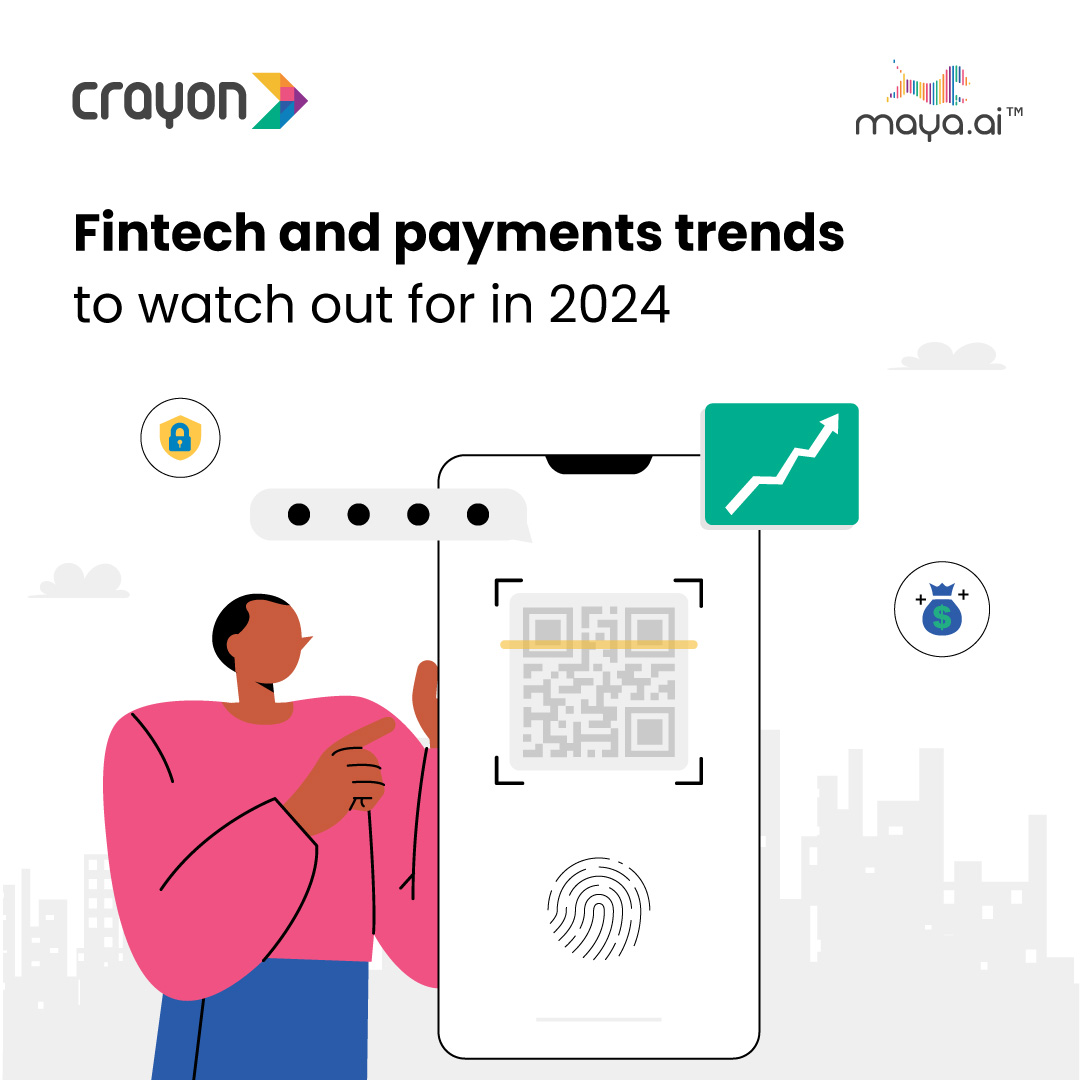
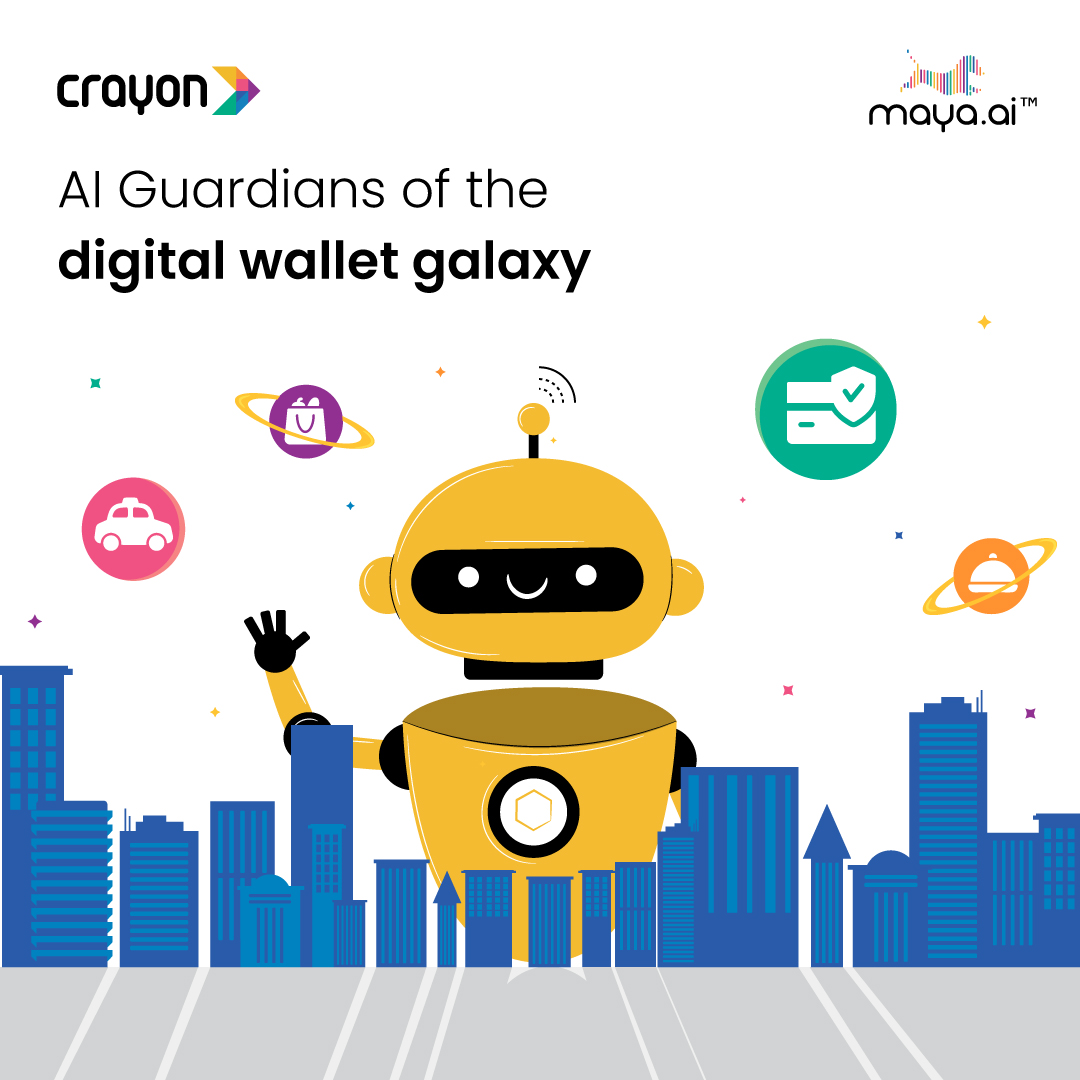
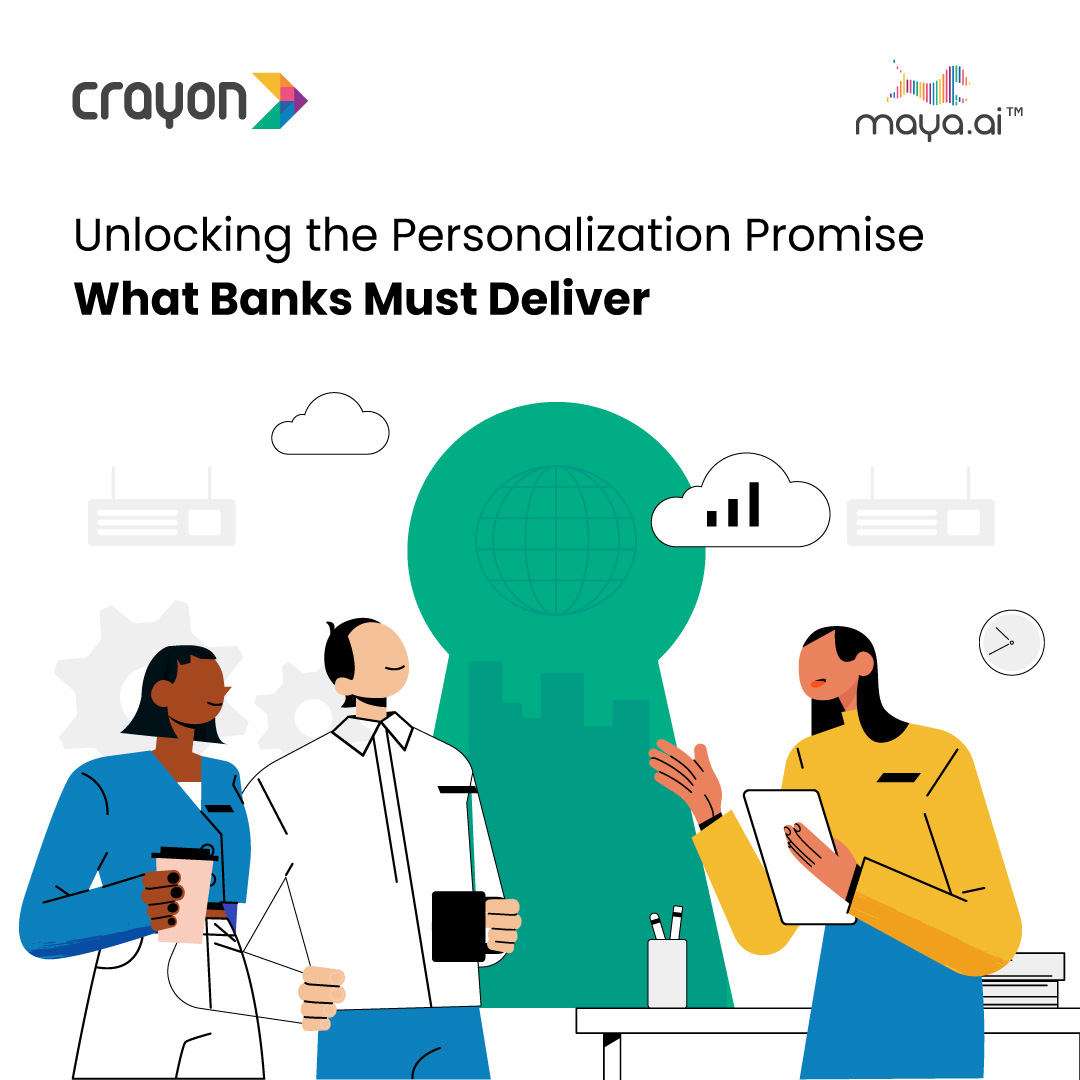




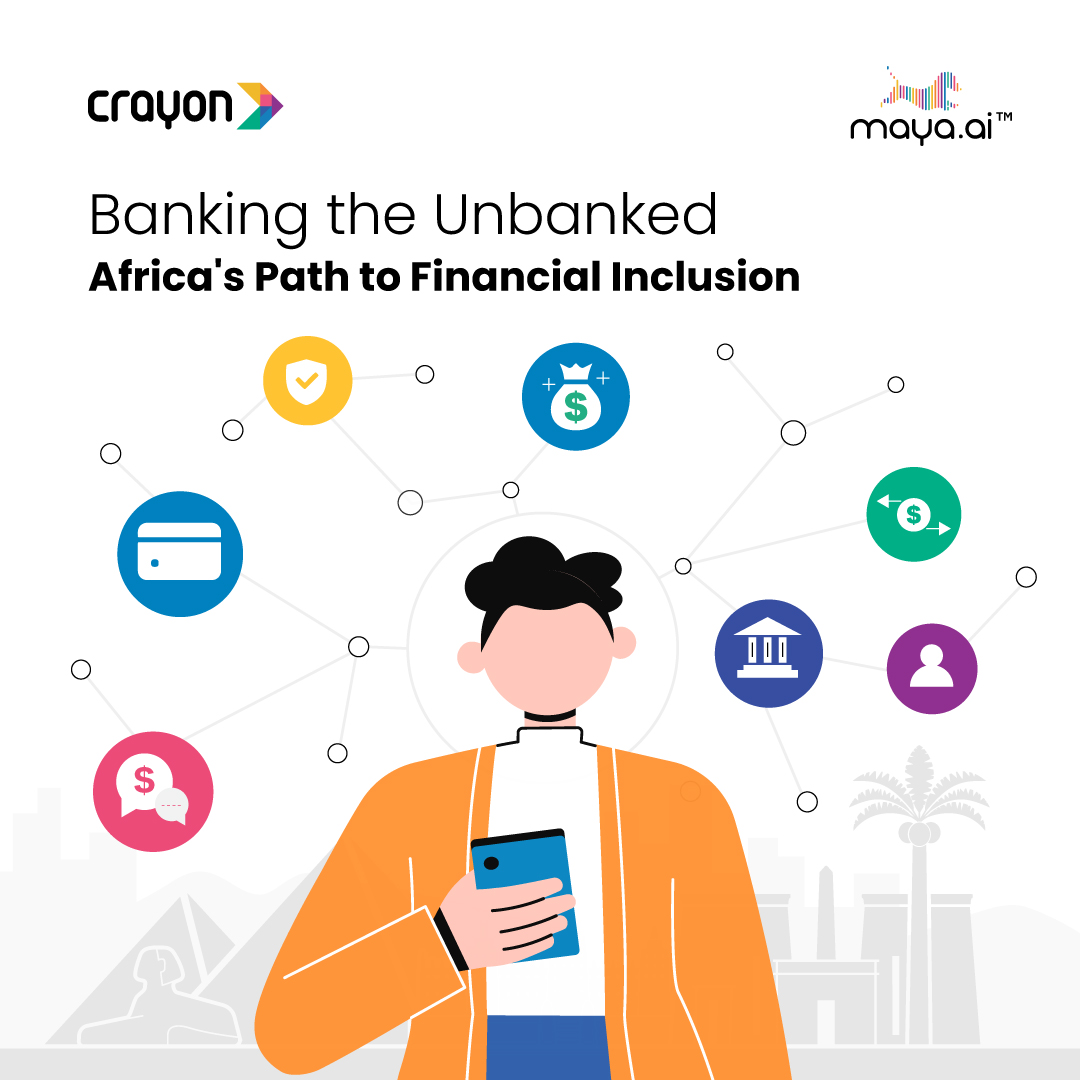

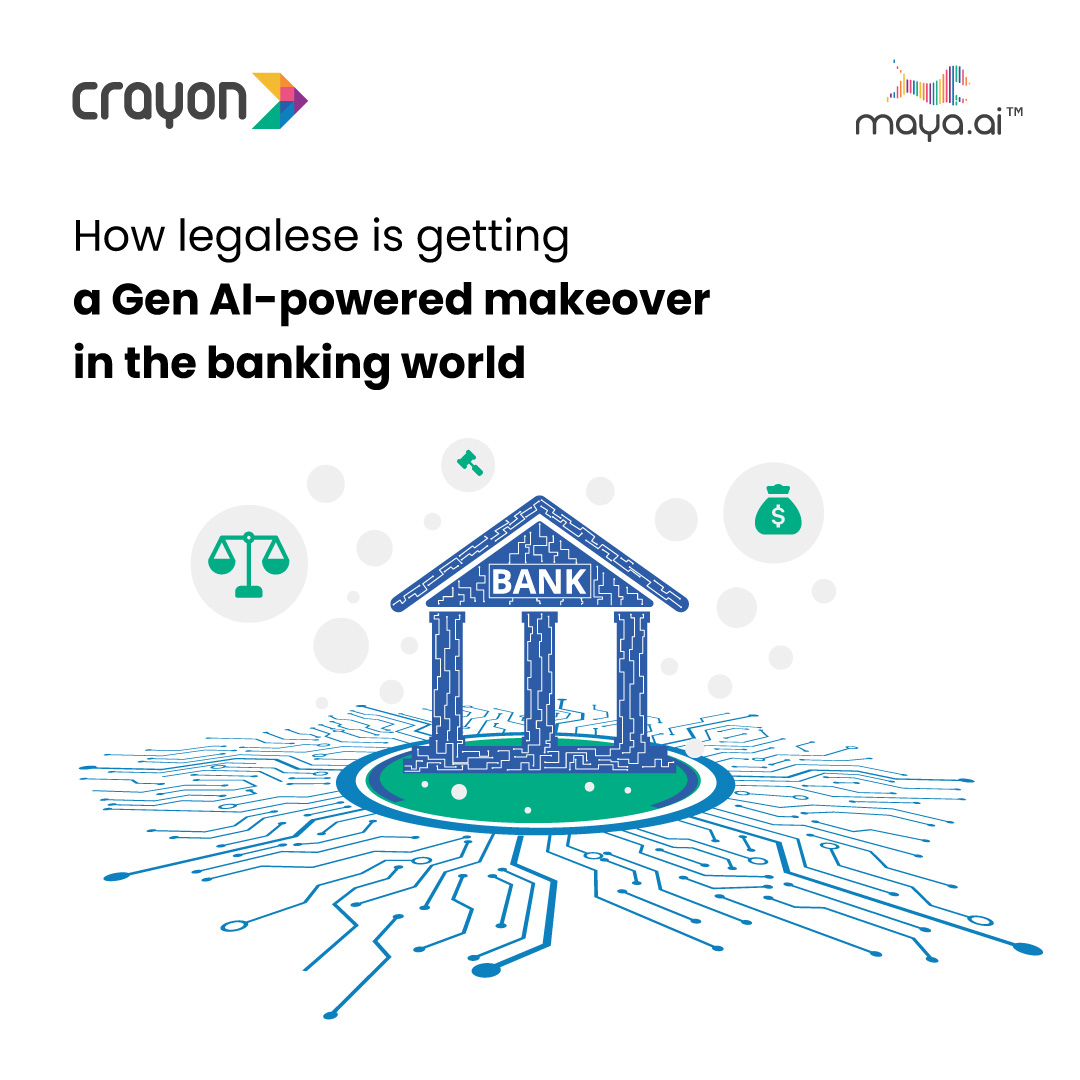

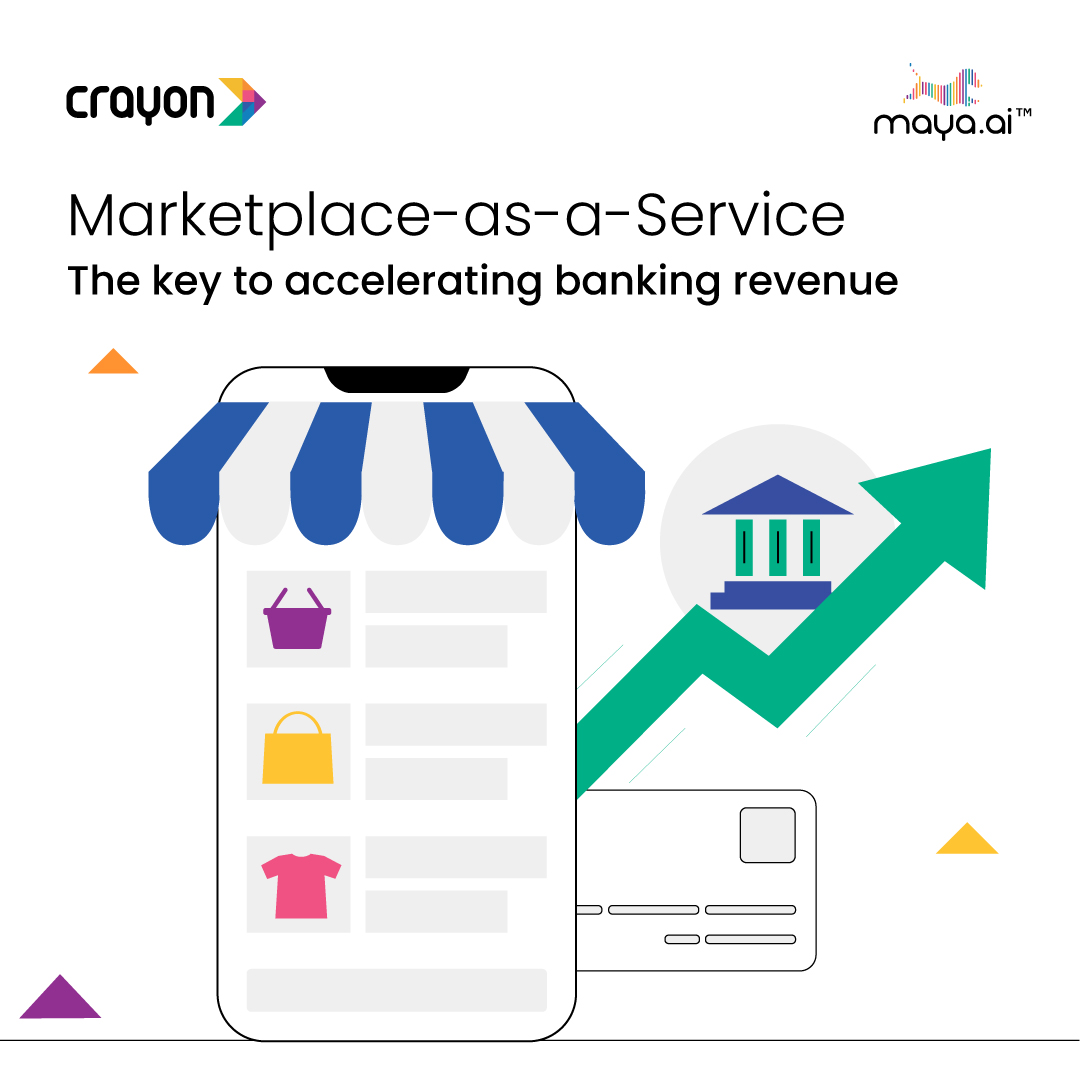


![Slaves to the Algo: AI podcast by Suresh Shankar [Season 1]](https://crayondata.ai/wp-content/uploads/2023/07/AI-podcast-by-Suresh-Shankar.jpg)
![Slaves to the Algo: an AI podcast by Suresh Shankar [Season 2]](https://crayondata.ai/wp-content/uploads/2023/08/version1uuid2953E42B-2037-40B3-B51F-4F2287986AA4modecompatiblenoloc0-1.jpeg)




